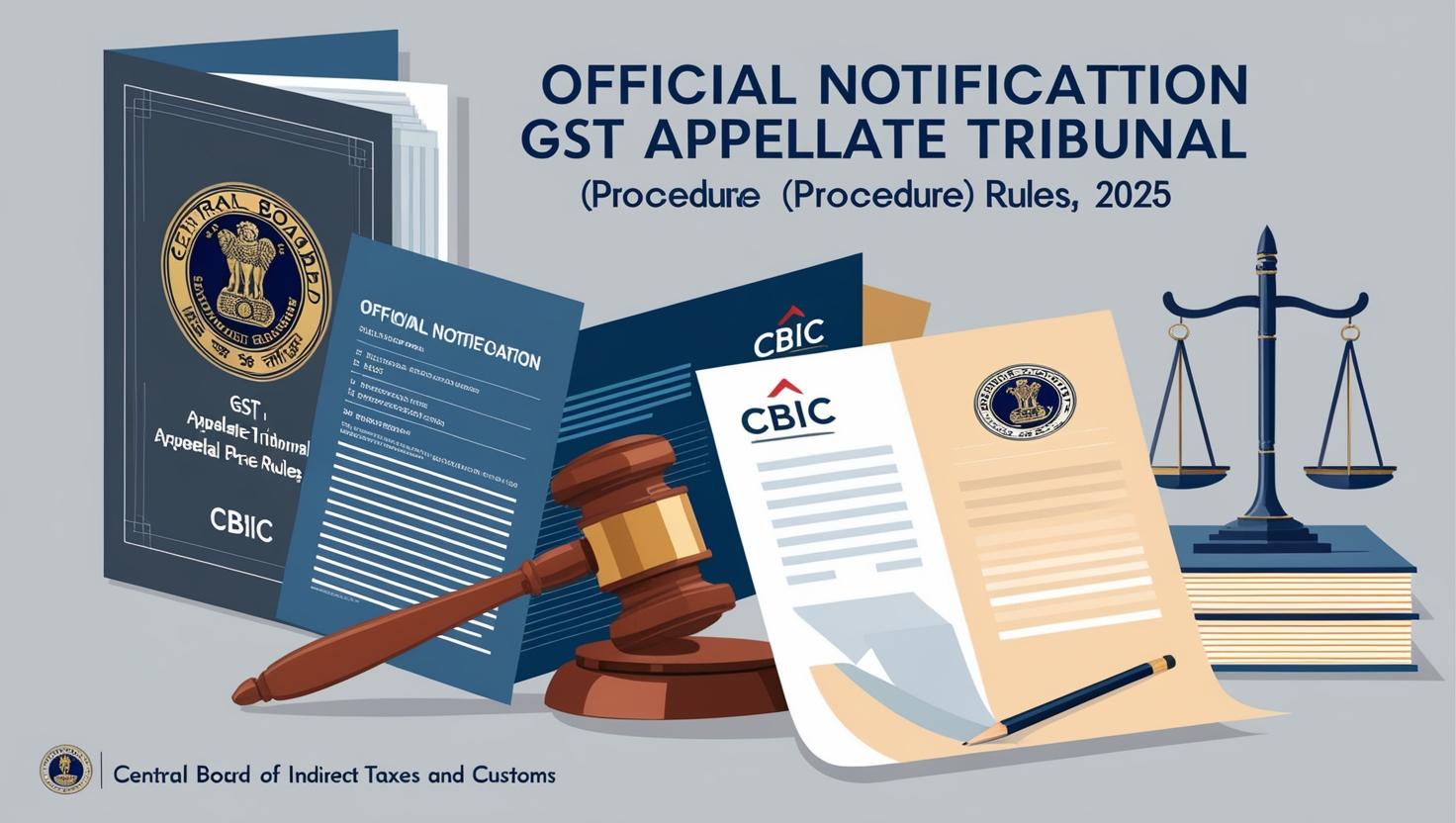The Finance Act, 2025, marks a pivotal step in India’s ongoing efforts to modernize its tax framework and stimulate economic growth. Building upon the government’s commitment to fiscal prudence and taxpayer-friendly reforms, this Act introduces significant changes aimed at enhancing transparency, simplifying compliance, and promoting digitalization.Key amendments include revised income tax slabs under the new tax regime, increased rebate limits, and rationalization of TDS/TCS provisions, all designed to provide relief to middle-income earners and encourage voluntary compliance.Additionally, the Act addresses the evolving digital economy by introducing clear guidelines for the taxation of virtual digital assets, ensuring that the tax system keeps pace with technological advancements
Access highlights from here
Key Highlights of the Finance Act, 2025
1. Changes in Income Tax Slabs: The new tax regime has been made more attractive with revised income tax slabs and higher rebate limits. The basic exemption limit has been retained, but taxpayers can now enjoy lower tax rates on certain income brackets, encouraging more people to opt for the new regime.
2. Rebate under Section 87A Increased: To provide relief to middle-income groups, the rebate under Section 87A has been increased. Now, individuals with total income up to ₹12 lakh can claim full rebate—effectively making their tax liability zero.
3. Taxation of Virtual Digital Assets (VDAs): With the growing use of cryptocurrencies and digital tokens, the Finance Act clarifies the tax treatment of VDAs. Specific provisions now define what constitutes a digital asset, the applicable tax rates, and the conditions for set-off or carry forward of losses.
4. TDS and TCS Rationalization: The Act rationalizes the provisions related to Tax Deducted at Source (TDS) and Tax Collected at Source (TCS). This includes changes in thresholds, streamlined procedures, and reduced rates for certain transactions to ease the compliance burden on businesses.
5. Incentives for Startups and MSMEs: To foster entrepreneurship, tax holidays for eligible startups have been extended, and additional deductions have been provided for investments in research and development. Certain procedural relaxations have also been introduced for Micro, Small, and Medium Enterprises.
6. Enhanced Penalty for Non-Compliance: The Act introduces stricter penalties for non-filing of returns, false statements, or non-cooperation during assessments. This is expected to improve voluntary compliance and reduce tax evasion.
7. Emphasis on Digital Infrastructure: The Act encourages the use of the faceless assessment system, e-verification, and e-filing portals. Digital signatures, Aadhaar authentication, and PAN-Aadhaar linkage are being pushed further to reduce human intervention and improve accountability.
In conclusion, the Finance Act, 2025, reflects a balanced approach to tax reform, aiming to foster economic growth while ensuring fiscal responsibility. By streamlining tax provisions, enhancing digital compliance mechanisms, and providing targeted relief to taxpayers, the Act seeks to create a more efficient and equitable tax environment. As India continues its journey towards becoming a $5 trillion economy, such legislative measures are crucial in building a robust financial infrastructure that supports inclusive development and global competitiveness.
Visit www.cagurujiclasses.com for practical courses










